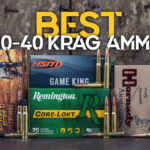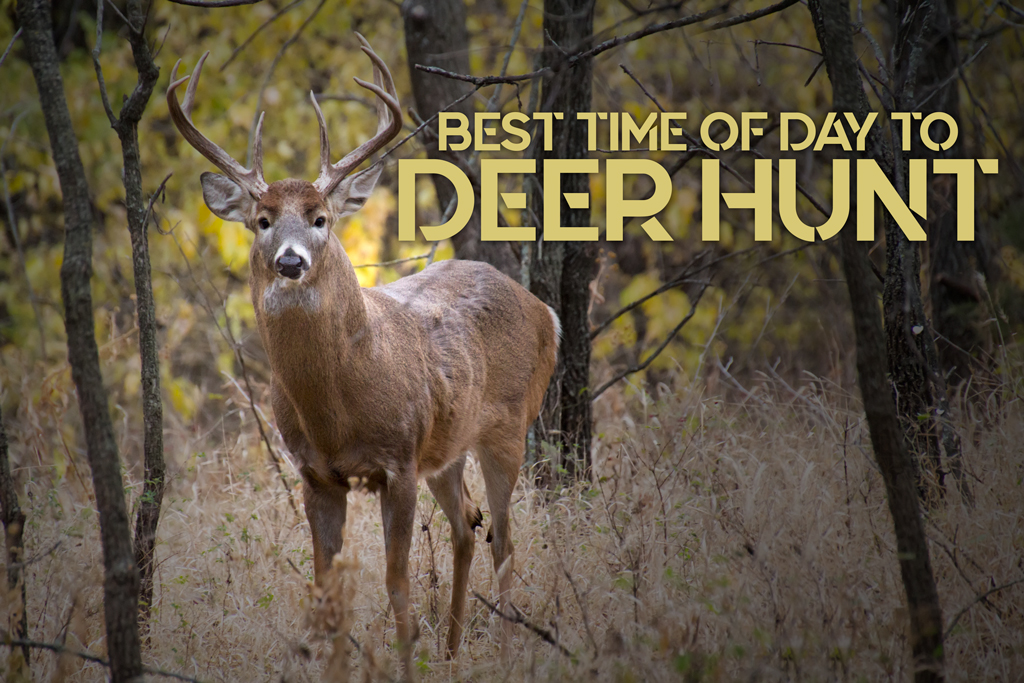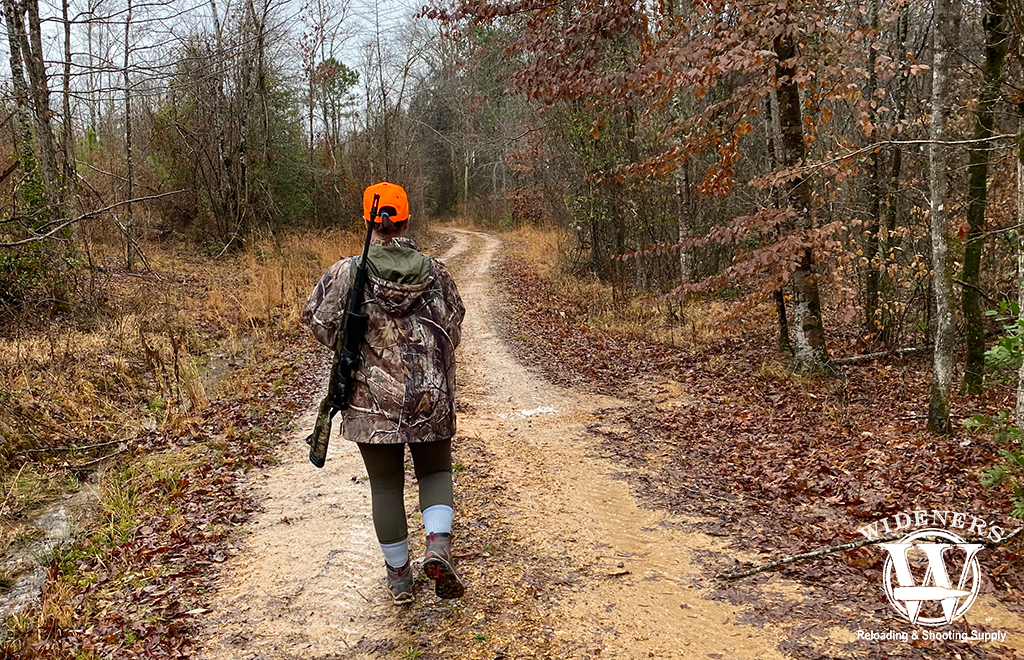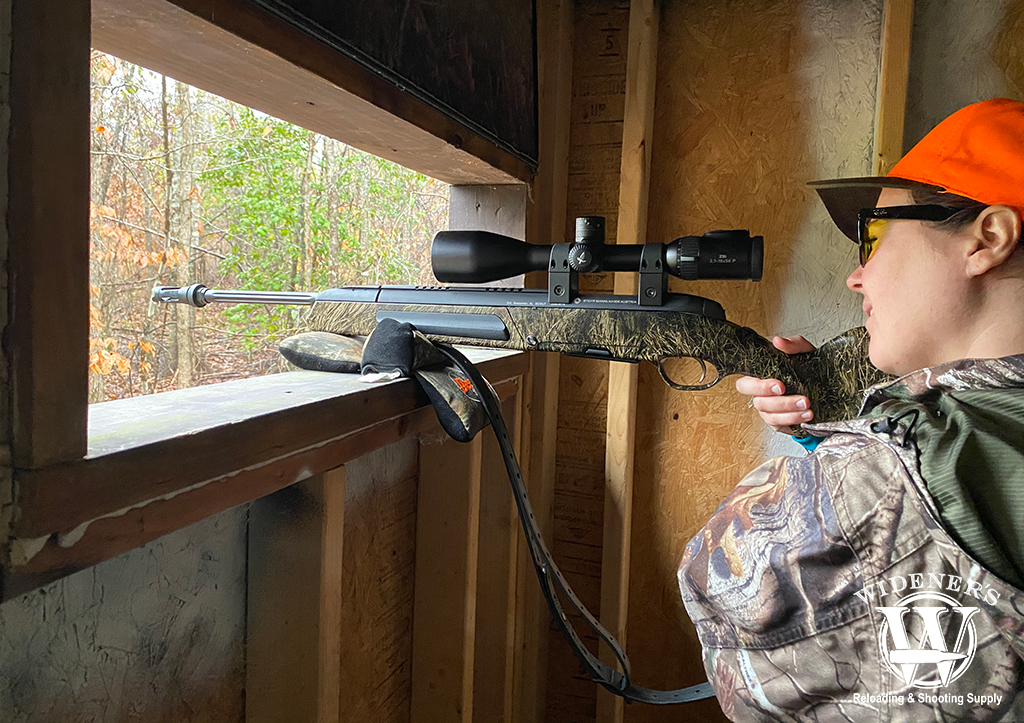

Guest Writer: Kenzie Fitzpatrick
Hunting deer can be tricky and bringing home meat can really rely on the right day and right time. Because deer are active primarily during the twilight period, the best time of day to hunt deer is at dawn and dusk. This limited-light timing is why hunting deer can be extremely challenging. Deer eyes can navigate easily in low light while our human eyes struggle to see clearly.
Hunters don’t always wear eye protection because they’re not shooting at a reactive target or they want to see through a scope easier, but using yellow lenses such as Hunters HD Gold actually gives hunters an advantage in low light conditions because of the contrast.
Understanding Deer Habits
Deer spend a lot of their time bedded down in tall grass and the woods, especially when it’s warm outside. This is why most all deer hunting seasons are set in the fall, typically with an archery hunt season first. Deer will commonly begin their day between 3 PM and 6 PM in search of food.
If you hunt on private property, the property set up and feeder locations can also play an important role in the best time of day to hunt deer. (If you’re hunting on land with feeders, be sure to confirm whether or not you need to add a bait license when hunting.) Deer are most active again anywhere between 6 AM and 10 PM in search of food once more. (Follow all legal hunting hour laws wherever you are hunting).
Best Time of Day to Hunt Deer
- Active Sunrise: 6 AM-10 AM
- Feeding Times: 6 AM-10 PM
- Active Sunset: 7 PM-30 Minutes After Sunset
Knowing these active, best times of day to hunt deer, will allow you to properly prepare for your hunt. The last thing you want to do is be traipsing to your blind, stand, or through the woods during peak hunting times. When I hunt at Triple Forks Hunting, I get to where I’m going to hunt at least an hour before sunrise, and for me, a half-hour before legal hunting hours begin. I like to get set up early to load my gun and get in a comfortable position. Then I begin to search the area when I can see using binoculars.
Deer Hunting Questions

Always explore your surroundings if you plan on deer hunting in a new location.
Some of the questions I run through if it’s a property or location I’m not familiar with are:
1. In which direction is the wind moving?
Depending on if you’re in a tree stand or a blind, this may or may not matter. In a raised blind with walls, your scent is not as easily traveled as if you were sitting on a tree stand. Scent control is important when scouting, checking trail cameras, or hunting so knowing where you’ll be set up is crucial. I highly recommend using a scent removing shampoo/conditioner before hunting. I also recommend using a deer scent and taking other precautions in removing smells that can put a deer on high alert.
2. Knowing where my target (the deer) could end up and what lies beyond it.
This is one of the rules of firearm safety. Know your target and what’s beyond it. This is especially important if you’re hunting deer on public land. The best time of day to hunt deer being dawn and dusk will certainly bring out other hunters as well, which means you need to be aware of others around you. Wearing orange is not only the law but can save lives as well so always wear as much as possible.
3. The distance of the field, how long the farthest shot could be, and if I need to hold on any specific position in my scope.
Knowing the distance of the open field you’re hunting in and knowing where the treelines are is good practice for knowing your scope holds and what your furthest shot could be. Make sure you’re hunting with a big enough caliber to take a deer down, using quality ammunition, and know the data of the projectile if you’re making any long-range shots when hunting.
Deer Hunting Tips

Deer hunting on a schedule? Look for deer in the woods in the morning and in the fields in the evening.
I’ve received quite a few deer hunting tips over the years. One of the best hunting tips I’ve ever received is to hunt the woods in the morning, and the fields in the evening. If you have feeders and are using bait, you typically know where your deer are going to go. They tend to return to feeders since they’ve established a food source. If you aren’t using feeders, they’re typically moving through the woods in search of water or food.
Tree stands are key to hunting in the woods and can give you a visual advantage over the deer. If you use a treestand, be sure to always wear a safety harness. Be sure to know your movement limitations when taking a safe and accurate shot at a deer.
Fields are great because deer are looking to feed and graze. They will eat slowly and spend time in the field. Most often, when spotted, deer are not running or moving quickly through a field. You have time to study and learn about the deer in your area. You may want to be sure how many points a deer has, how big it is, or how old it is before taking a clean shot.
While occasionally you’ll have luck seeing a deer outside of these best times of day to hunt deer, it’s always easier to be ready when they’re moving.
Be safe and have fun on your next hunting adventure!


